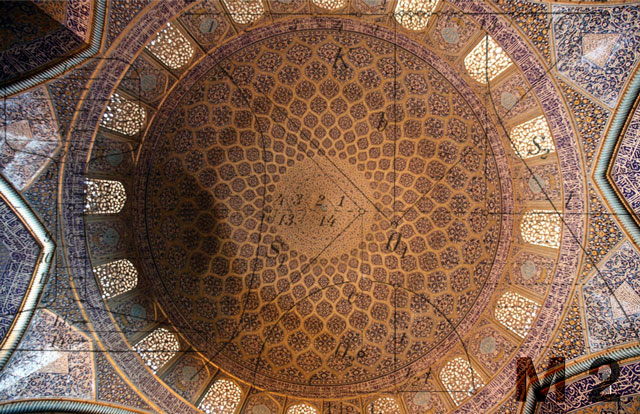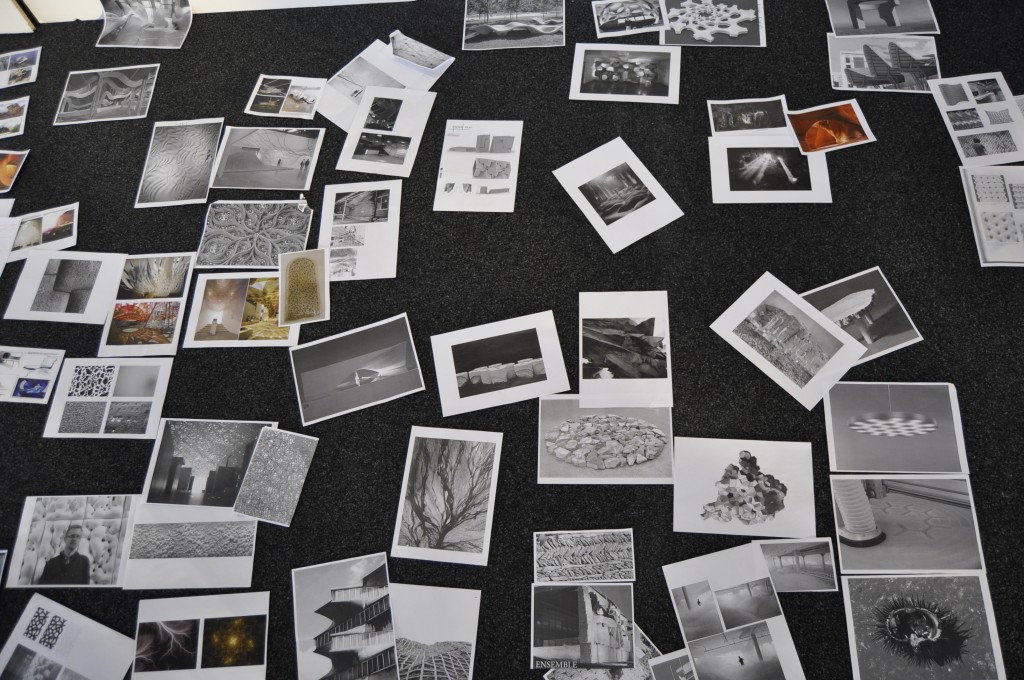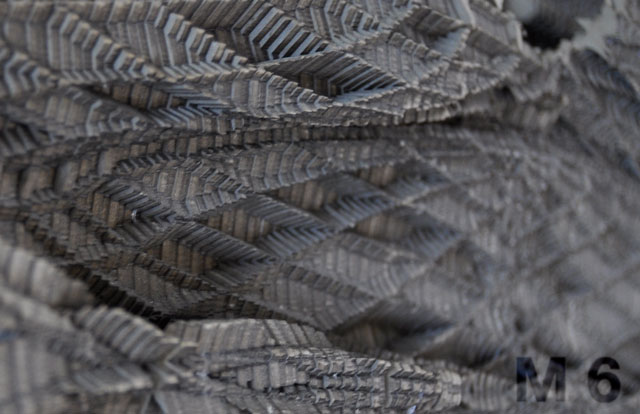
In 1854 George Boole developed an algebra that reflects logical thought (An Investigation of the Laws of Thought). Computers follow this type of algebra and externalise precisely what we call logical thinking (Turing, 1936; von Neumann, 1945). We may call it Turing Computing. Using computers, we are able, as creative people, to explore this logical ‘think space’. We can discover phenomena never seen before. Multitudes of new images, geometries and artefacts become concrete constructions from a logical world. It’s so simple: procedures, iterations, recursions, objects, rules, constraints, agents, text, drawing, imagery, video, morphing, topology, grammar, cellular automata, parametric geometry, simulation, generation, evolutionary algorithms, neural networks… all easily accessible and online.
This module offers practical exercises in logical order systems and delivers an introduction to corresponding thought. Technologies: processing, Java, Eclipse.





